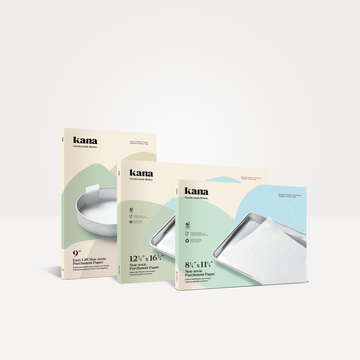You might have a family that doesn’t always finish what’s been served. Maybe you’re a “better to have it and not need it” kind of person when it comes to groceries. Perhaps you’re a young professional with too busy a schedule to keep up with what’s going bad in the fridge. Whatever it may be, food waste can happen for any number of reasons.
It’s okay, we’ve all been guilty of it to one degree or another, but that doesn’t mean it’s something we should take for granted. Not only is it hard on your budget, it’s also hard on the environment. Unless you want to throw out an average of about $1,100 a year and amp up your carbon footprint, it’s a great idea to find out how you can optimize your household food habits!
The problem of food waste (and what you can do about it)

Why is food waste a problem?
About one third of all food worldwide is wasted. The average household in Canada alone wastes around 140 kilograms of food per year, with more than half of it being perfectly edible. While the home isn’t the only context where food is wasted, it’s still a key player in the issue.
One of the major environmental problems to which this waste contributes is climate change. As wasted food material ends up in landfills, it produces high amounts of methane, a greenhouse gas that’s about 30 times more effective at trapping heat in the atmosphere than CO2.
In addition to this carbon impact, it’s important to bear in mind that household food waste takes place at the end of the supply chain. In other words, not only is the food itself being wasted, but so are the human and environmental resources that brought it to the household.
Food production requires, for example, a lot of water. By keeping your food waste in check, you’ll ultimately be helping to reduce your water footprint as well. Likewise, less food waste means more efficient use of land and labour. So, how do you make the best use of your food?
One of the major environmental problems to which this waste contributes is climate change. As wasted food material ends up in landfills, it produces high amounts of methane, a greenhouse gas that’s about 30 times more effective at trapping heat in the atmosphere than CO2.
In addition to this carbon impact, it’s important to bear in mind that household food waste takes place at the end of the supply chain. In other words, not only is the food itself being wasted, but so are the human and environmental resources that brought it to the household.
Food production requires, for example, a lot of water. By keeping your food waste in check, you’ll ultimately be helping to reduce your water footprint as well. Likewise, less food waste means more efficient use of land and labour. So, how do you make the best use of your food?

Be Mindful of Your Consumption
The decision-making that goes into your grocery shopping is a crucial opportunity for preventing unnecessary waste. Buy only the things you need, stay conscious of the quantities you buy them in, and think ahead by planning your meals with intent. It can also be helpful to keep track of what you tend to waste so that you can avoid buying too much of it on your next round.
Be Efficient With What You Have
If you love food, it can be hard not to get carried away, but moderating your serving sizes can make all the difference. You can also choose recipes that make great leftovers and prepare them in large batches to be consumed throughout the week. Don’t forget to inform yourself as to how each food item should be stored to maximize its lifespan, and consider parchment paper as a storage material rather than aluminum foil.

Think Before You Throw Away
We’re sorry to break it to you, but “best before” dates aren’t the most appropriate indication of whether or not something should be thrown away. Instead, physical indications such as smell are more informative. Meanwhile, unsightly fruits and veggies or leftover bits of produce from preparation may not look great, but that doesn’t mean they have no use. Finely chopping leftover vegetables and incorporating them into fried rice, an omelette or soup is an excellent way to save on waste. Fruit can be chopped, frozen and then used to make a refreshing, delicious smoothie whenever you like!
There are countless ways to make better use of your food, many of which are as environmentally friendly as they are budget-friendly. Still, what you use to prepare food is just as important as how you consume and manage it. Kana’s parchment paper is pre-cut precisely because it helps to reduce the amount of overall food prep waste you end up with.
There are countless ways to make better use of your food, many of which are as environmentally friendly as they are budget-friendly. Still, what you use to prepare food is just as important as how you consume and manage it. Kana’s parchment paper is pre-cut precisely because it helps to reduce the amount of overall food prep waste you end up with.
Make something delicious
Keep exploring

Recyclable, compostable, biodegradable: what's the difference?
Having a good handle on what’s recyclable, compostable, and biodegradable is just one way you can set yourself up to make decisions that are good for you and the planet.
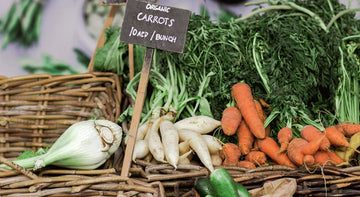
3 very good reasons to start shopping locally
When it comes to buying groceries and other goods from your local businesses, your dollar goes further than you think.

A guide to fresh home-grown herbs all year long
All the information you need to start growing a window box garden filled with fresh herbs for your favorite dishes.
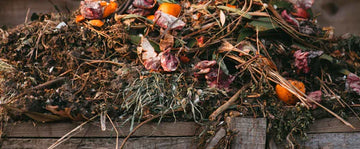
6 top tips on beginning your composting journey
Composting at home has become a great way to fertilize your garden while cutting down what goes into landfills. Here’s a quick guide and six tips to get you started on composting. It’s easier than you think.

How to get your garden ready for spring
By April spring is in full swing and it’s the perfect time of year to start planning your garden. So while the April showers come down, get started with these simple steps that will help put a smile on your face as you watch your garden come together.

Kana Parchment Paper is PEFC-Certified - here's what that means
Supporting sustainable forestry is a powerful way we can all work to revitalize the Earth's forests after decades of destruction.
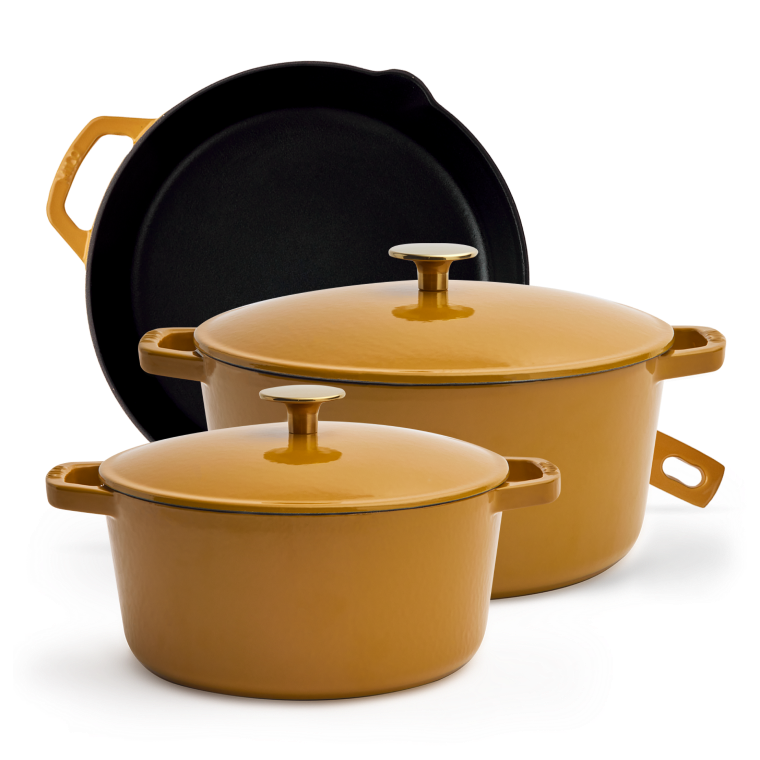
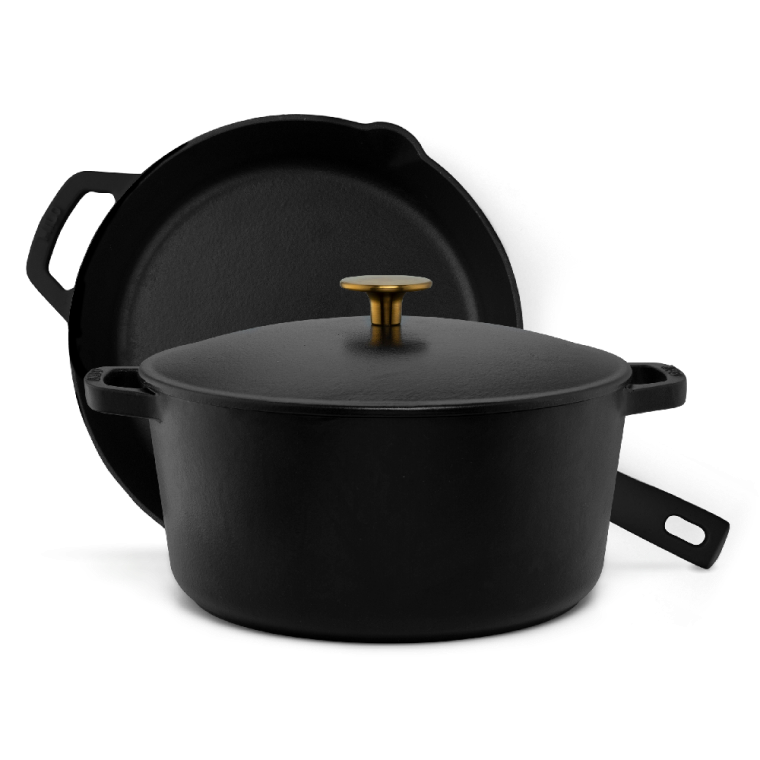

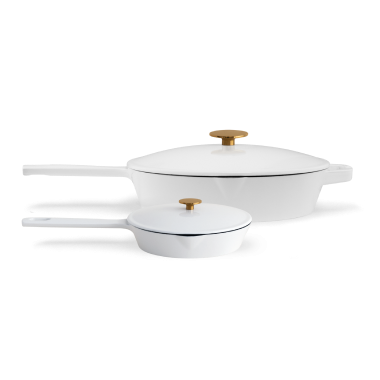


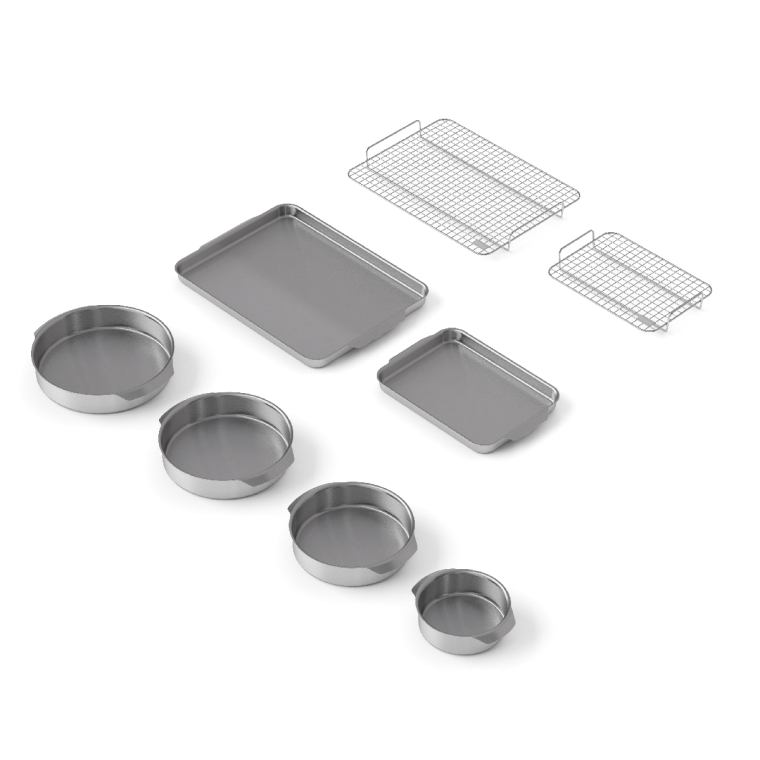



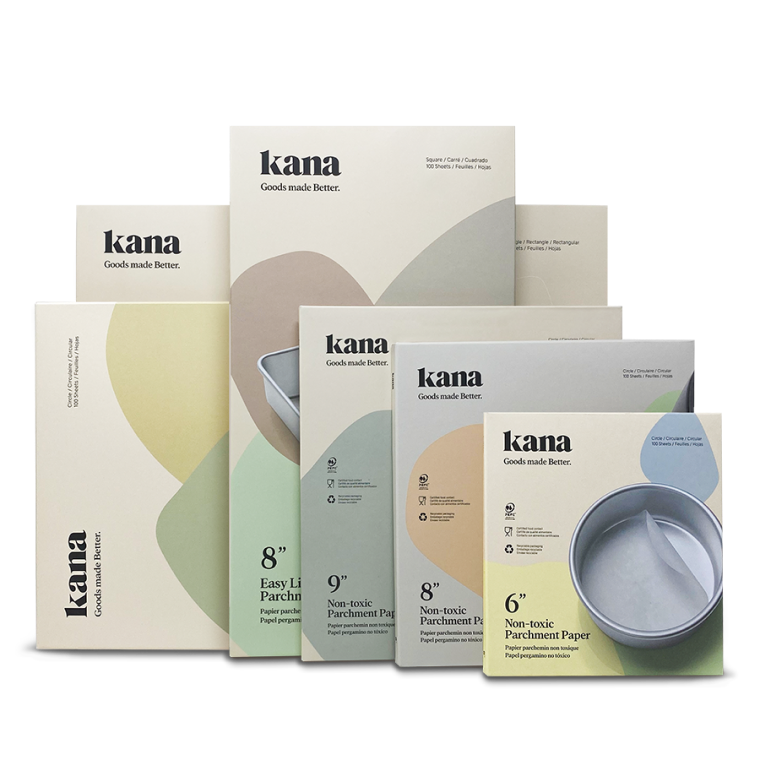






 Parchment paper
Parchment paper



